Home>Gardening & Outdoor>Landscaping Ideas>What Grass Will Grow In Full Shade
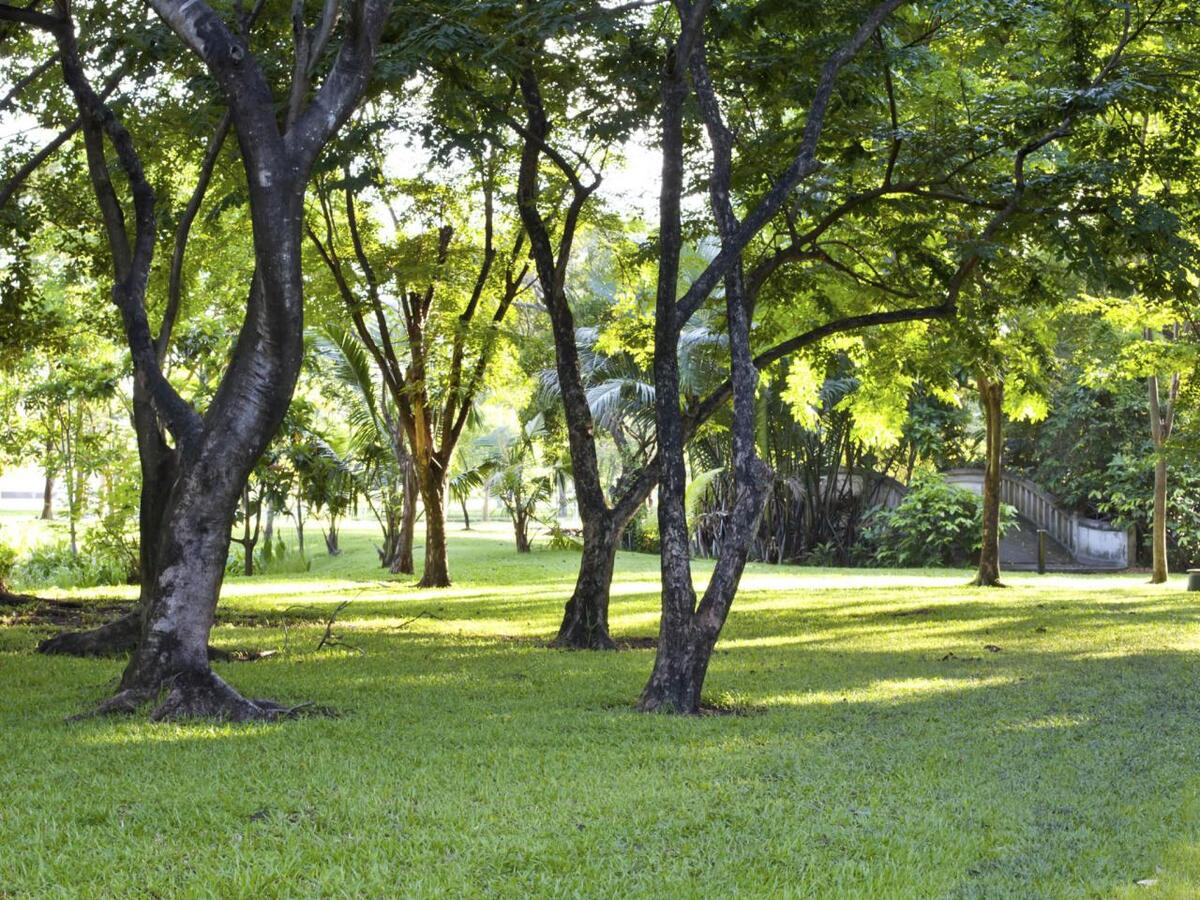

Landscaping Ideas
What Grass Will Grow In Full Shade
Modified: March 28, 2024
Discover the best landscaping ideas for full shade areas with our guide on the types of grass that thrive in shaded environments. Create a lush and vibrant outdoor space with our expert tips and advice.
(Many of the links in this article redirect to a specific reviewed product. Your purchase of these products through affiliate links helps to generate commission for Storables.com, at no extra cost. Learn more)
**
Introduction
**
When it comes to landscaping, the allure of a lush, green lawn is undeniable. However, achieving this verdant vision becomes a challenge when you're faced with a shaded yard. The lack of direct sunlight can thwart the growth of many grass varieties, leaving homeowners puzzled about how to transform their shaded outdoor spaces into inviting retreats. But fear not! With the right knowledge and approach, it's possible to cultivate a thriving lawn even in areas with full shade. In this article, we'll explore the types of grass that can flourish in shady conditions, the factors to consider before planting, and the best practices for nurturing a healthy, shaded lawn. By the time you've finished reading, you'll be equipped with the insights needed to turn your shaded lawn into a vibrant oasis.
**
Key Takeaways:
- Transform shaded yards into lush oases by choosing shade-tolerant grass varieties like fine fescue and St. Augustine grass, and implementing tailored care routines for optimal growth.
- Overcome the challenges of full shade with thoughtful planning, diligent maintenance, and creativity to create captivating, vibrant lawns that defy the constraints of limited sunlight.
Read more: What Grass Grows Best In Shade In Texas
Understanding Full Shade
**
Before delving into the types of grass that can thrive in full shade, it's essential to understand what constitutes full shade and its impact on plant growth. Full shade refers to areas that receive no direct sunlight throughout the day. This often occurs in spaces that are heavily shaded by buildings, dense trees, or tall structures. In such environments, the lack of sunlight can pose a significant challenge for many plant species, including grass, as sunlight is crucial for photosynthesis, the process through which plants produce energy.
Without adequate sunlight, grass may struggle to thrive, leading to sparse growth, weak foliage, and an overall lackluster appearance. Moreover, the presence of full shade can create additional hurdles, such as increased moisture levels and limited air circulation, which can further impede the growth of traditional grass varieties.
Understanding the nuances of full shade is pivotal for selecting the right grass species and implementing effective cultivation practices. By recognizing the unique conditions of shaded areas, homeowners can make informed decisions that will set the stage for a flourishing lawn.
**
Factors to Consider Before Planting Grass in Full Shade
**
Before embarking on the journey of planting grass in full shade, it's crucial to take several factors into account to ensure the success of your landscaping endeavors. By carefully considering these elements, you can make informed decisions that will pave the way for a thriving lawn in shaded areas.
- Light Levels: Assess the specific light conditions in the shaded area. While it may receive minimal direct sunlight, there may be variations in light intensity throughout the day. Understanding these nuances will aid in selecting the most suitable grass species.
- Soil Quality: Evaluate the soil quality, drainage, and pH levels in the shaded area. Shaded environments can impact soil moisture and nutrient availability, so it's essential to address any soil-related challenges before planting grass.
- Maintenance Requirements: Consider the maintenance demands of different grass species. Some varieties may necessitate more frequent mowing, watering, or fertilization, so choose a grass type that aligns with your maintenance preferences and capabilities.
- Foot Traffic: Determine the level of foot traffic the shaded area will experience. If the space serves as a pathway or recreational area, opt for grass varieties that can withstand moderate to heavy foot traffic without compromising their lushness.
By carefully evaluating these factors, homeowners can make informed decisions about the type of grass to plant and the cultivation practices required to promote healthy growth in shaded environments. This thoughtful approach sets the stage for a verdant and resilient lawn that thrives despite the challenges posed by full shade.
**
Consider planting fine fescue, creeping red fescue, or rough bluegrass in full shade areas. These grasses are shade-tolerant and will thrive in low light conditions.
Types of Grass That Thrive in Full Shade
**
While full shade may seem like an inhospitable environment for grass, several resilient grass species have adapted to thrive in shaded conditions. These shade-tolerant grasses exhibit characteristics that enable them to flourish despite limited exposure to sunlight. By choosing the right grass variety for your shaded lawn, you can create a verdant and inviting outdoor space. Here are some grass species that are well-suited for full shade:
- Fine Fescue: This grass variety, which includes creeping red fescue, chewings fescue, and hard fescue, is renowned for its exceptional shade tolerance. Fine fescue grasses boast fine, delicate blades and a lush appearance, making them an ideal choice for shaded lawns.
- Creeping Bentgrass: While typically used on golf courses, creeping bentgrass can also thrive in shaded residential lawns. It forms a dense, velvety carpet of grass and exhibits remarkable shade tolerance.
- St. Augustine Grass: In regions with warm climates, St. Augustine grass is a popular choice for shaded lawns. It thrives in the shade and offers excellent coverage, creating a luxurious, emerald-green lawn.
- Zoysia Grass: Although known for its preference for sunlight, certain cultivars of zoysia grass, such as “Emerald,” demonstrate good shade tolerance. This grass variety boasts a lush texture and can adapt to shaded environments with proper care.
When selecting a grass type for full shade, it's essential to consider your specific climate, soil conditions, and aesthetic preferences. By choosing a shade-tolerant grass variety that aligns with your local climate and landscaping goals, you can lay the foundation for a thriving lawn that defies the constraints of full shade.
**
Best Practices for Growing Grass in Full Shade
**
Cultivating a healthy lawn in full shade requires a tailored approach that addresses the unique challenges posed by limited sunlight. By implementing best practices for growing grass in shaded areas, homeowners can nurture vibrant and resilient lawns that enhance the beauty of their outdoor spaces. Here are some essential guidelines for successfully growing grass in full shade:
- Select the Right Grass Variety: Choose shade-tolerant grass species that are well-suited for your specific climate and soil conditions. Consider factors such as regional climate, average temperature, and soil pH when selecting the ideal grass type for your shaded lawn.
- Optimize Soil Conditions: Prioritize soil health by addressing drainage issues, improving soil structure, and ensuring adequate nutrient levels. Amending the soil with organic matter and using appropriate fertilizers can enhance the soil quality, providing a conducive environment for grass growth.
- Manage Moisture Levels: Monitor soil moisture in shaded areas and adjust watering practices accordingly. While shaded environments may retain more moisture, it's essential to strike a balance to prevent waterlogging, which can hinder grass growth and promote fungal diseases.
- Mow at the Right Height: Adjust your mower to a higher setting when mowing grass in shaded areas. Taller grass blades can capture more sunlight and support photosynthesis, aiding in the overall health and vigor of the lawn.
- Provide Adequate Aeration: Promote air circulation and root development by aerating the soil in shaded areas. Core aeration helps alleviate soil compaction and facilitates the absorption of essential nutrients, contributing to the vitality of the grass.
By adhering to these best practices and implementing tailored care routines, homeowners can overcome the challenges of full shade and foster the growth of lush, resilient grass in shaded outdoor spaces. With dedication and thoughtful maintenance, a thriving lawn can grace even the shadiest corners of your landscape, elevating the allure of your outdoor haven.
**
Read more: How To Grow Shade Grass
Conclusion
**
Transforming a shaded yard into a picturesque oasis brimming with lush, green grass is an attainable goal with the right knowledge and approach. By understanding the nuances of full shade, carefully considering key factors before planting, selecting shade-tolerant grass varieties, and implementing best practices for cultivation, homeowners can overcome the challenges posed by limited sunlight and nurture thriving lawns in shaded environments.
Embracing the beauty of full shade and harnessing the potential of shade-tolerant grass species opens up a world of landscaping possibilities. Whether you opt for fine fescue, creeping bentgrass, St. Augustine grass, or zoysia grass, each shade-tolerant variety brings its own unique charm to shaded landscapes, infusing outdoor spaces with verdant elegance and natural allure.
As you embark on the journey of growing grass in full shade, remember that thoughtful planning, diligent maintenance, and a touch of creativity can yield remarkable results. By leveraging the insights shared in this article and tailoring them to your specific outdoor environment, you can create a captivating lawn that defies the constraints of full shade, enriching your home with a vibrant and inviting outdoor haven.
With the right approach and a deep understanding of shade-tolerant grasses, you can transform shaded areas into captivating focal points, demonstrating that where there’s shade, there can still be an abundance of natural beauty and green splendor.
Frequently Asked Questions about What Grass Will Grow In Full Shade
Was this page helpful?
At Storables.com, we guarantee accurate and reliable information. Our content, validated by Expert Board Contributors, is crafted following stringent Editorial Policies. We're committed to providing you with well-researched, expert-backed insights for all your informational needs.
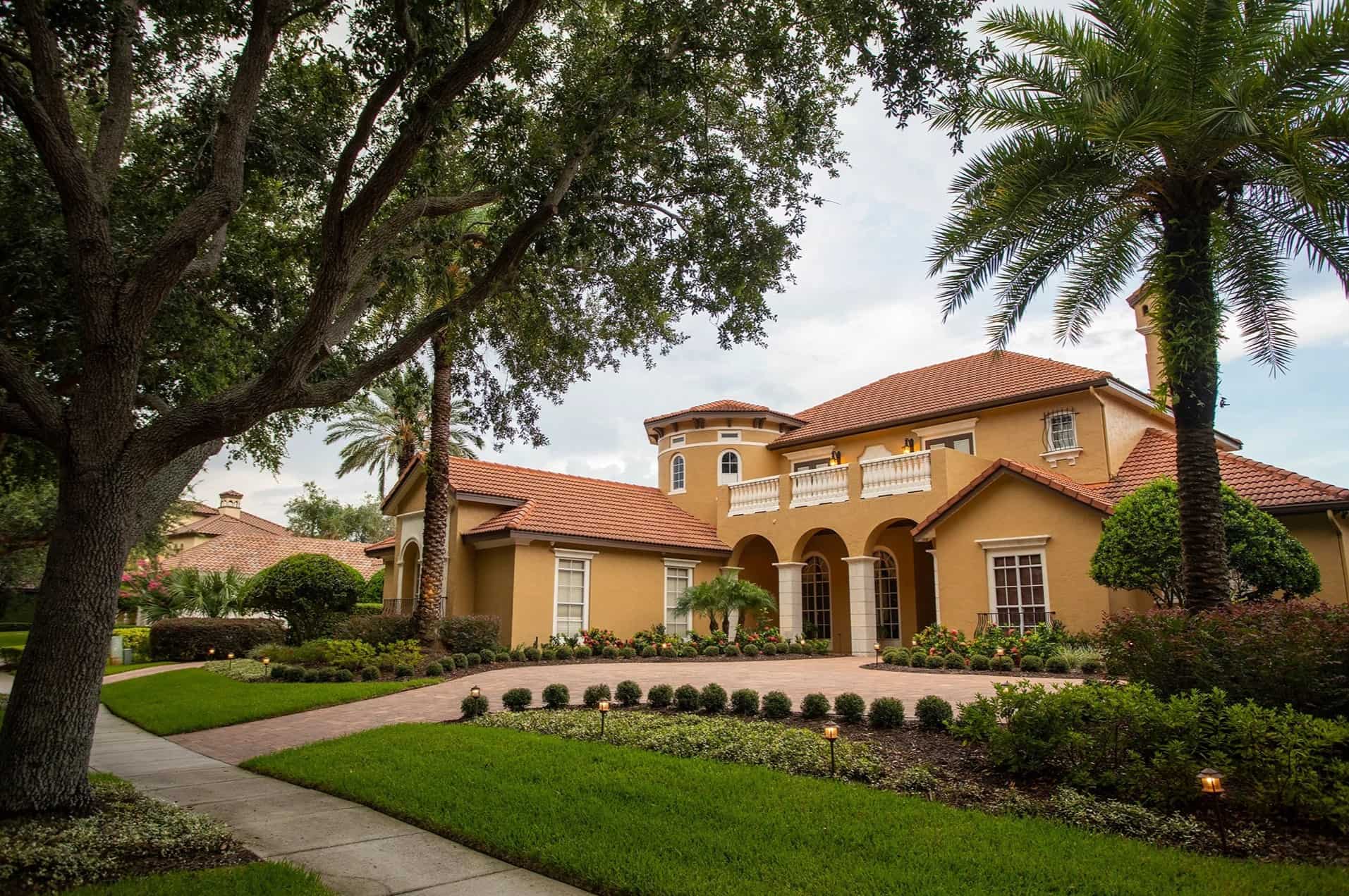
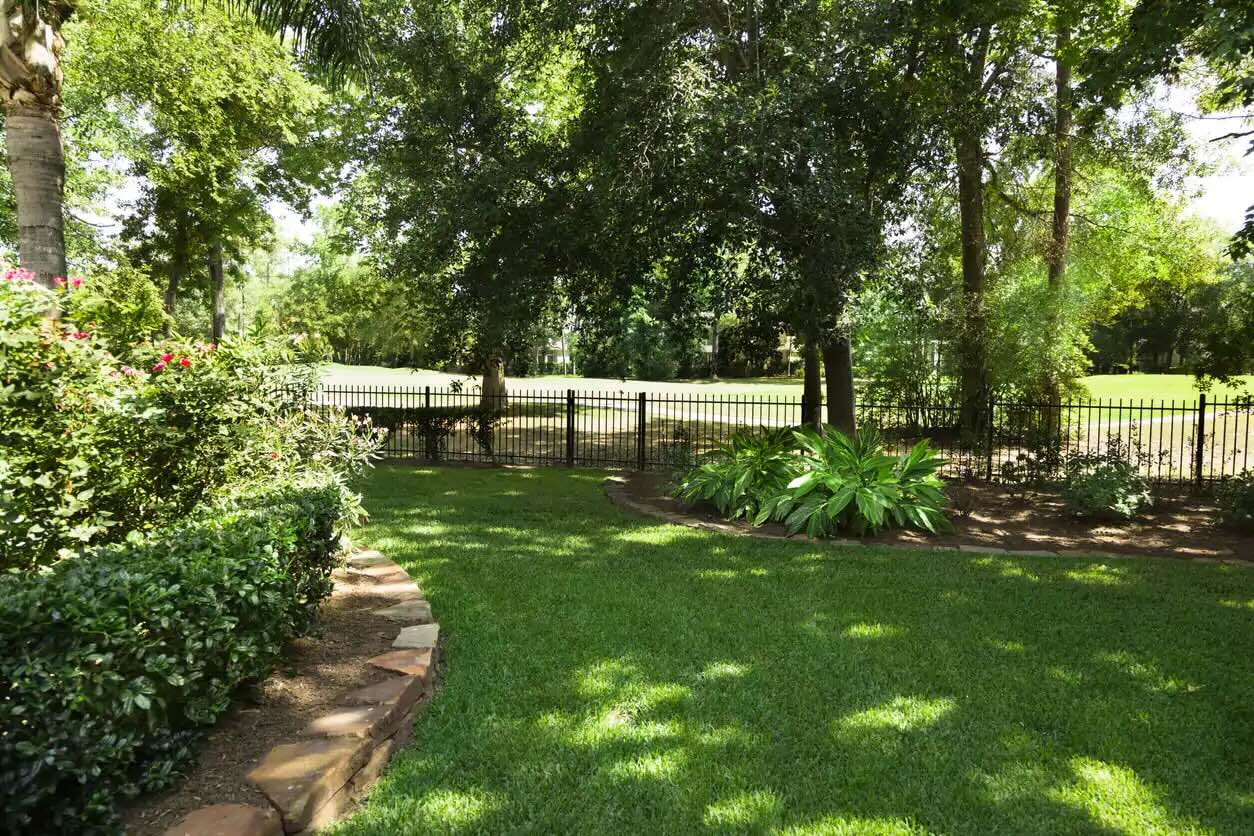
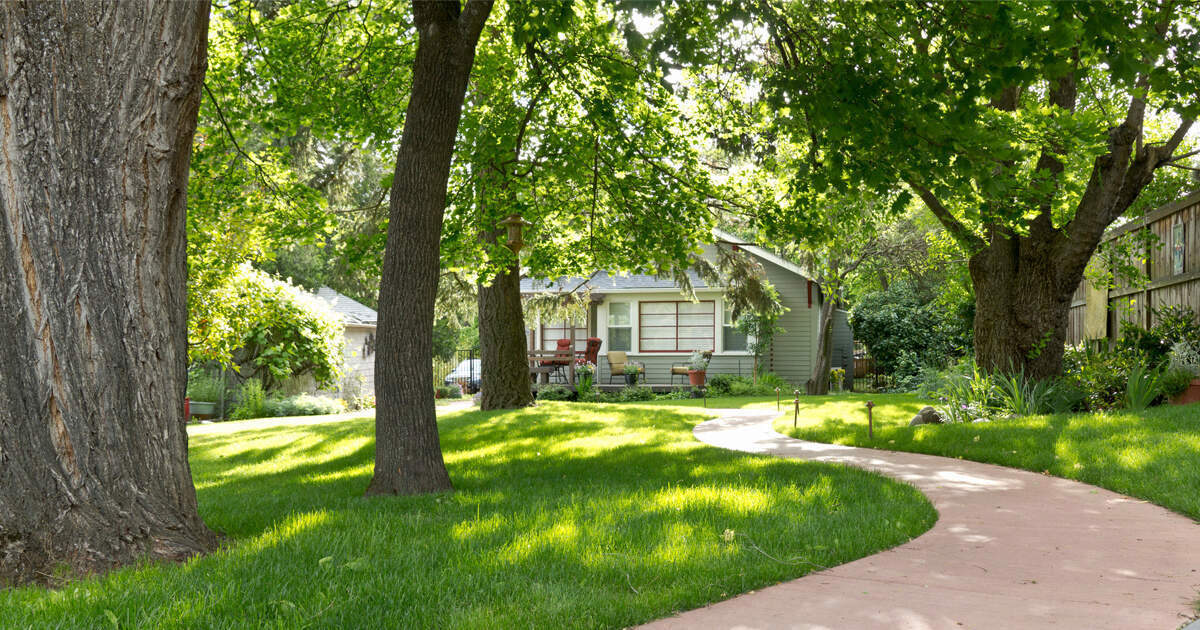
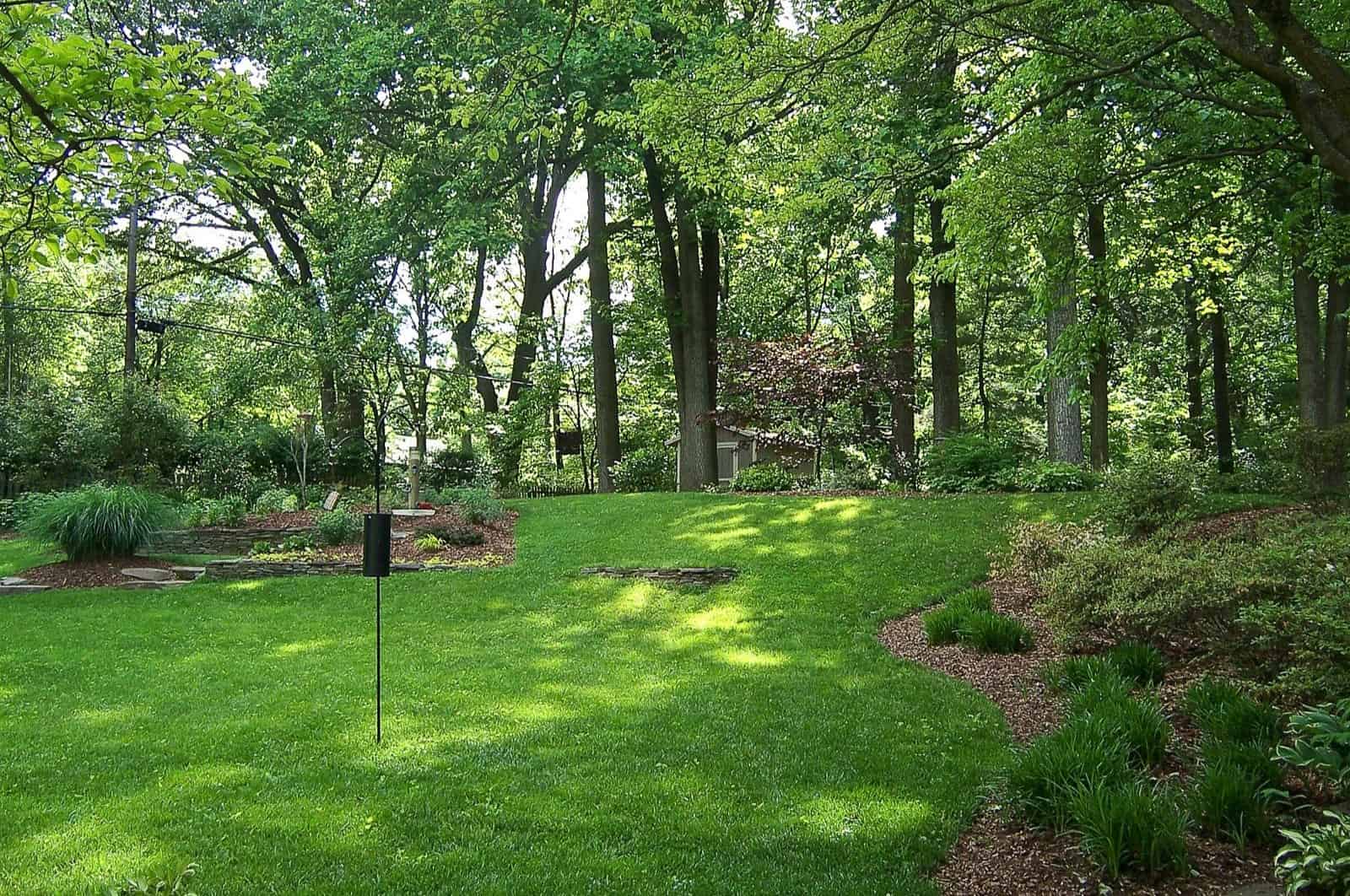
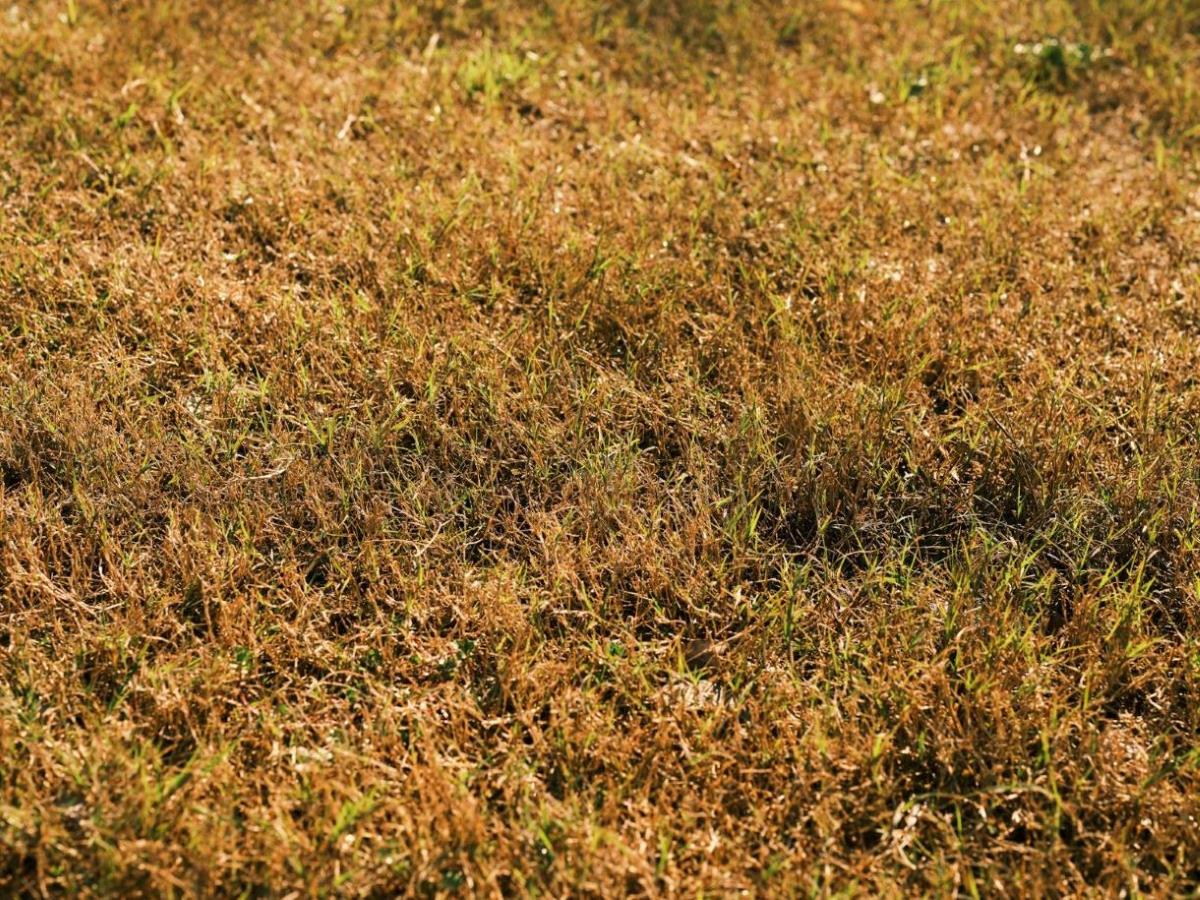
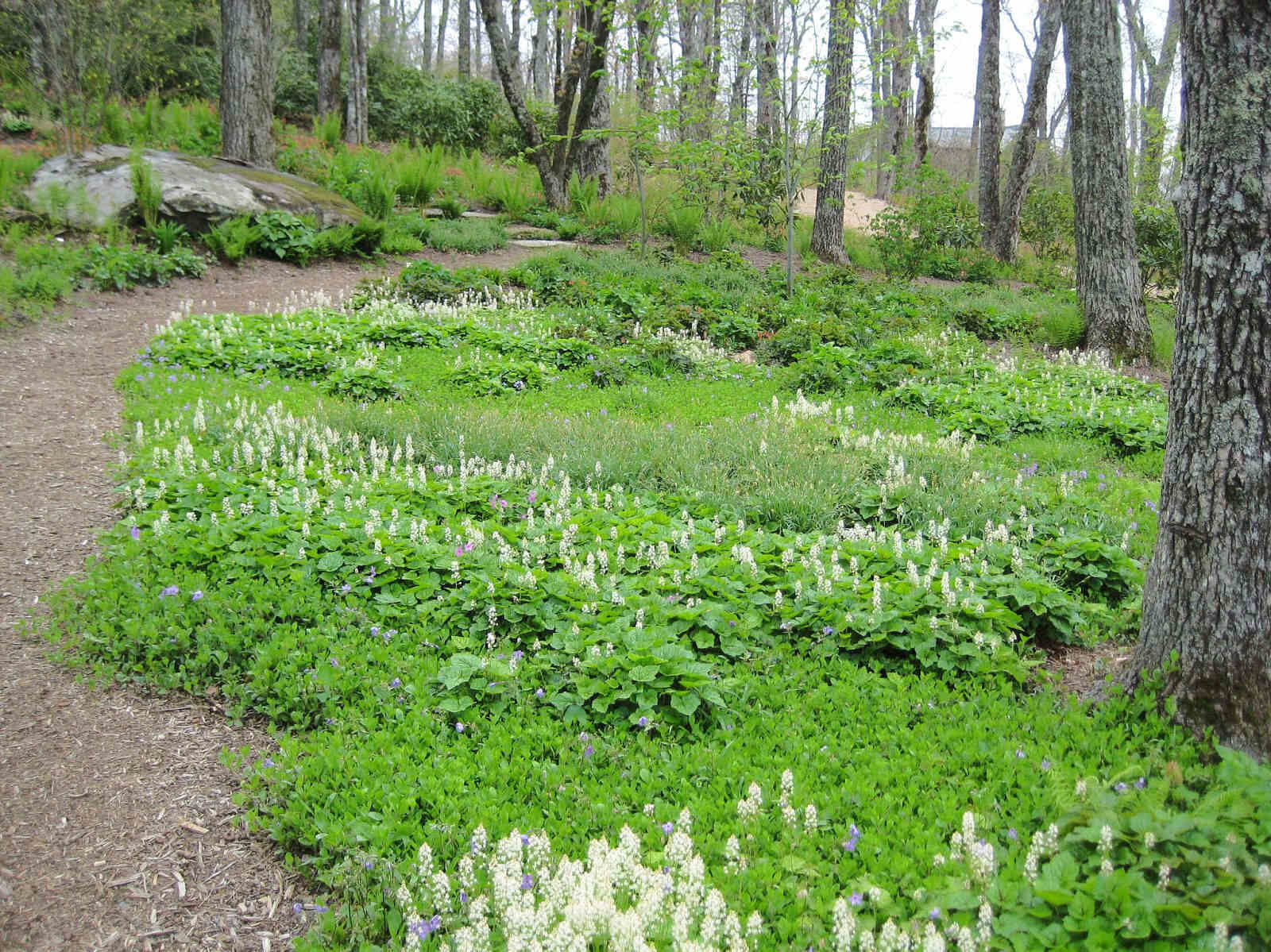
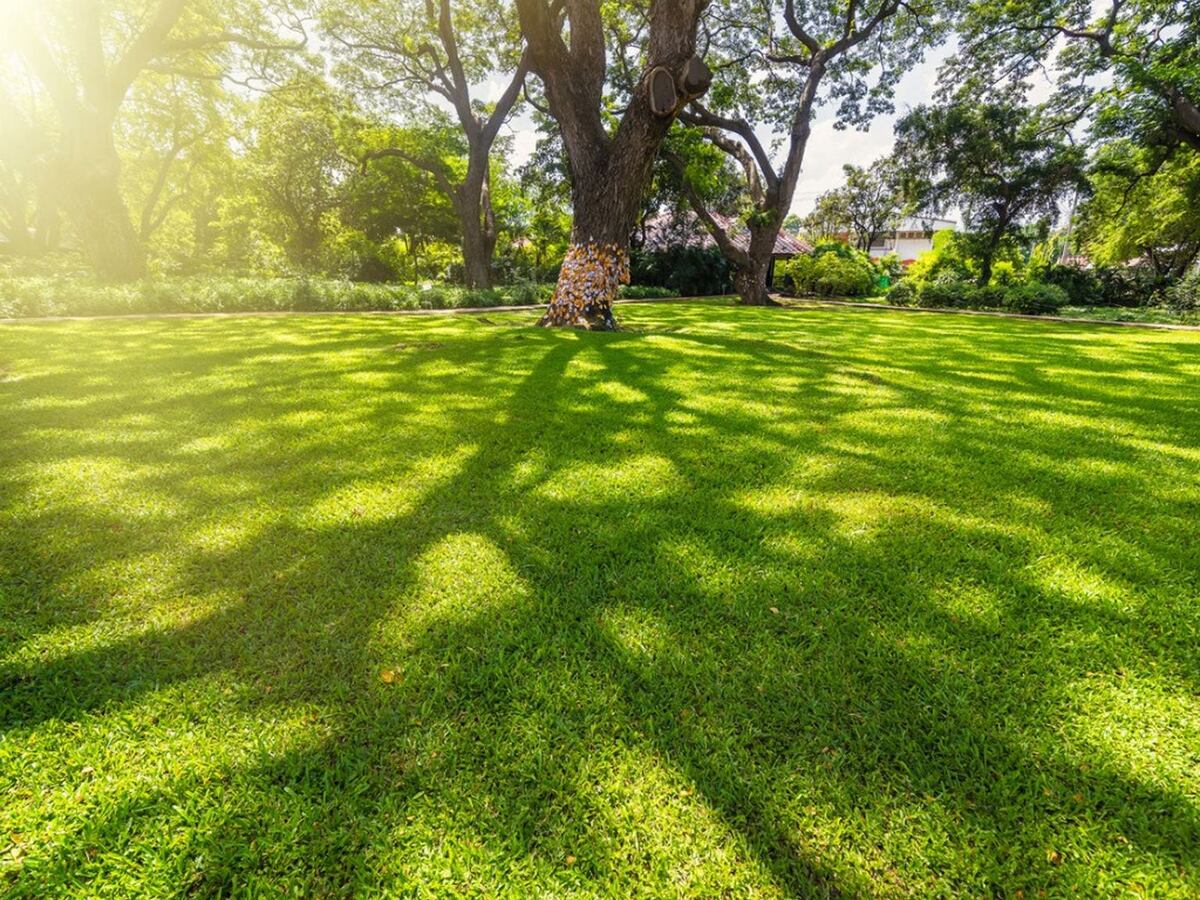
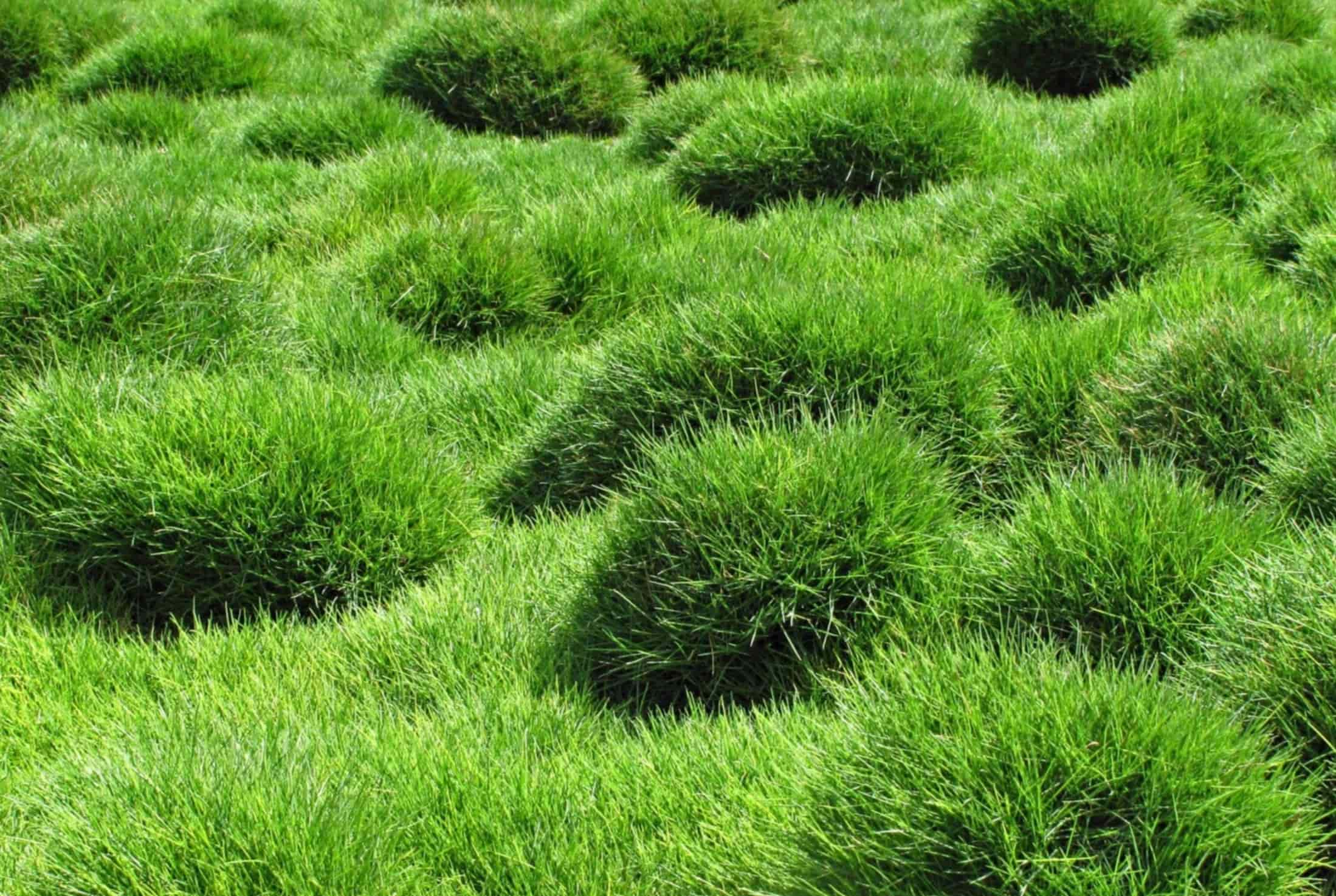
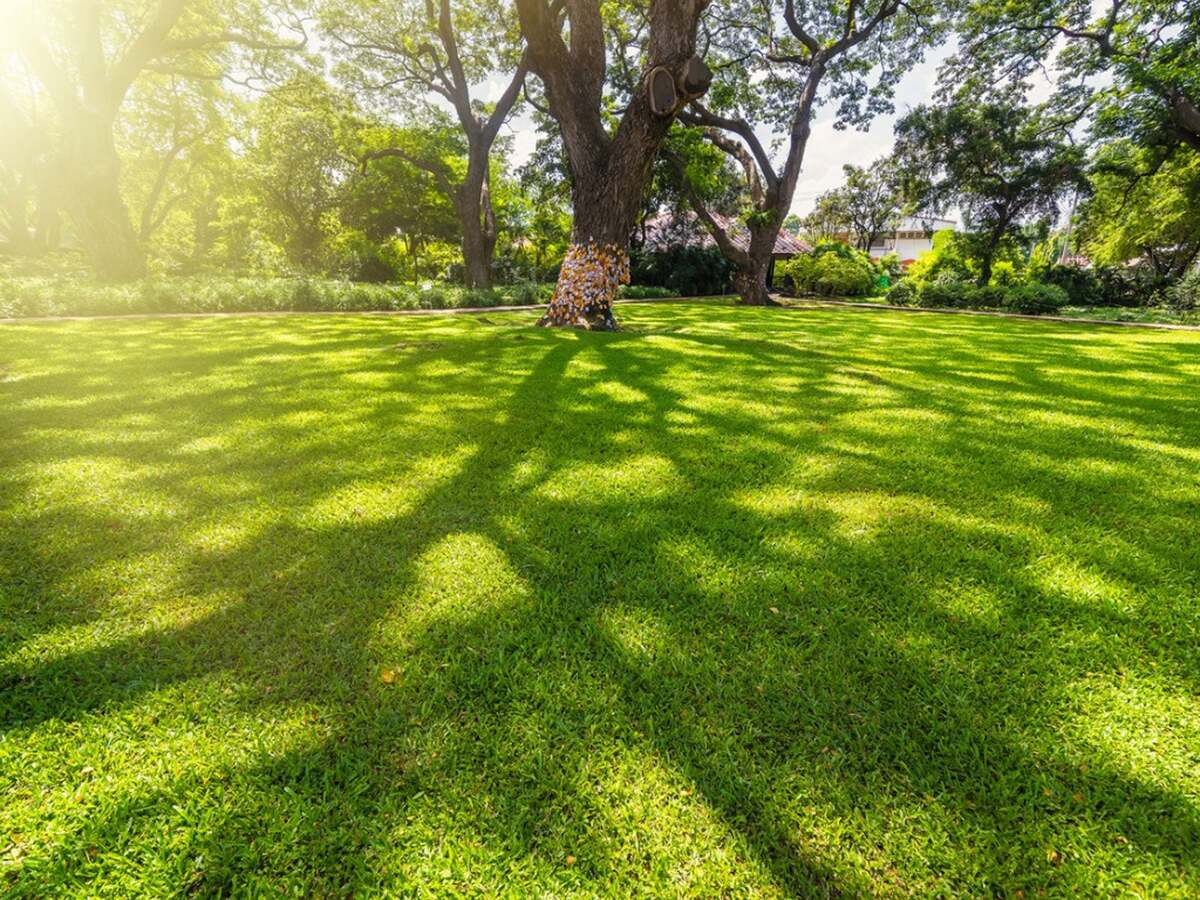
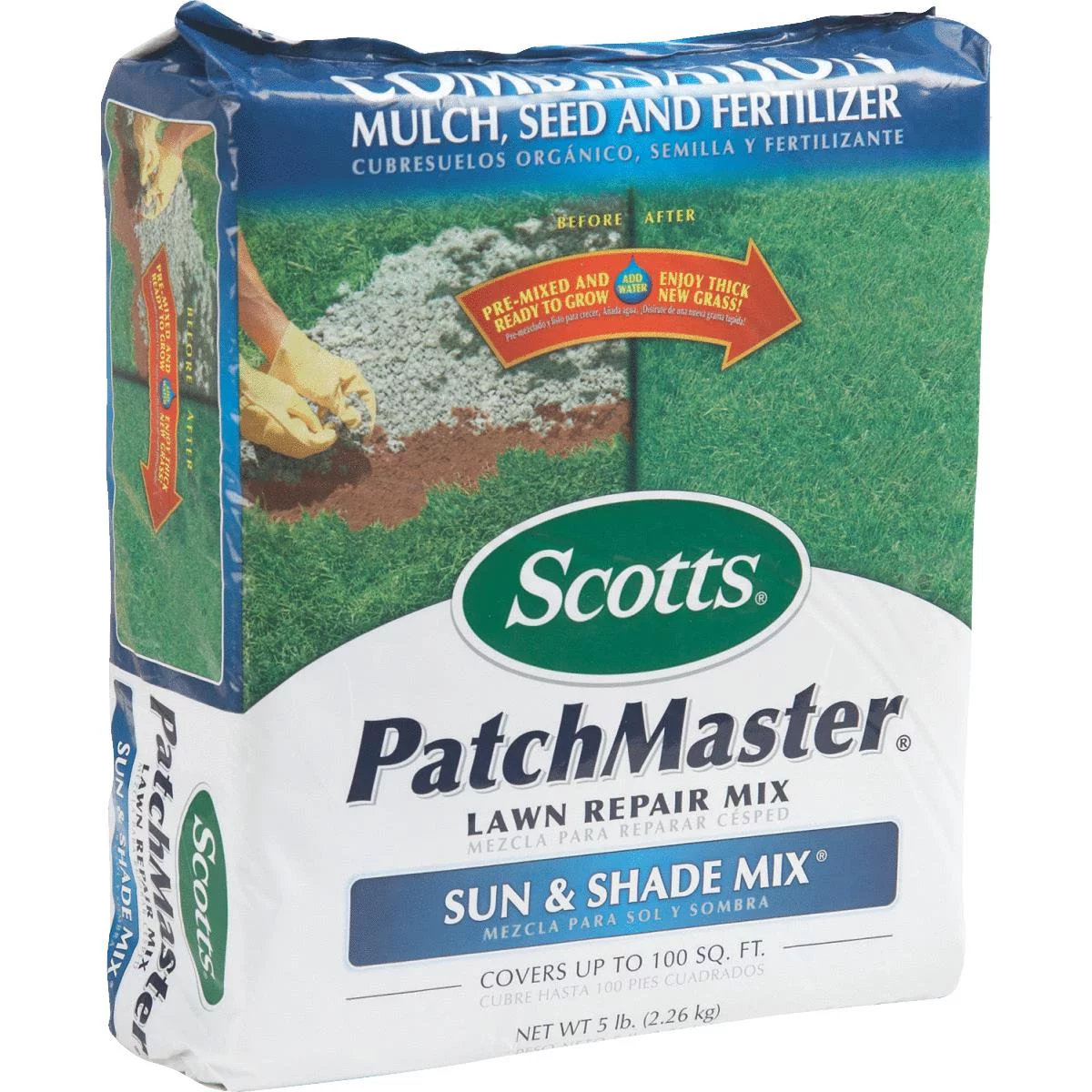
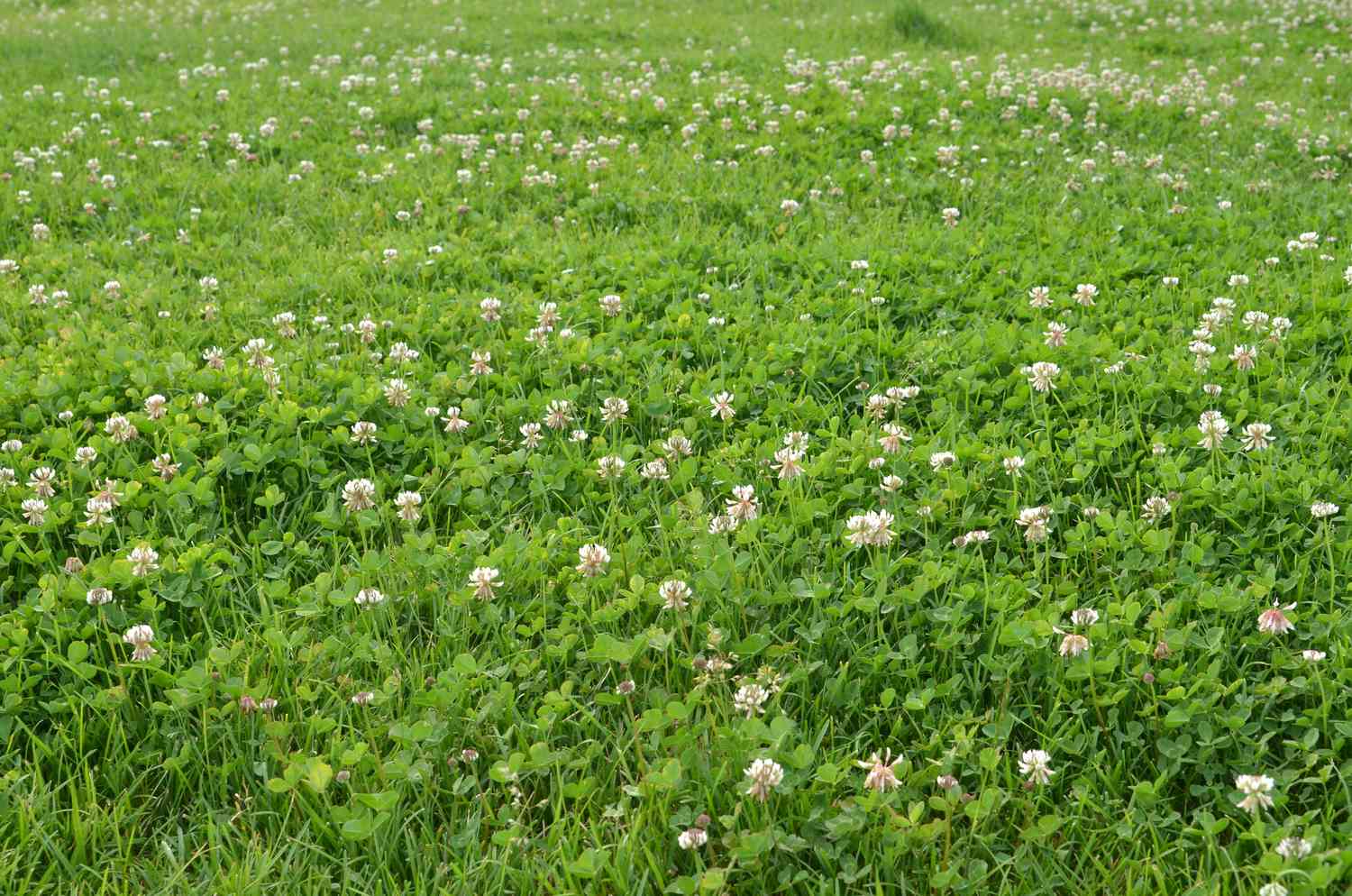
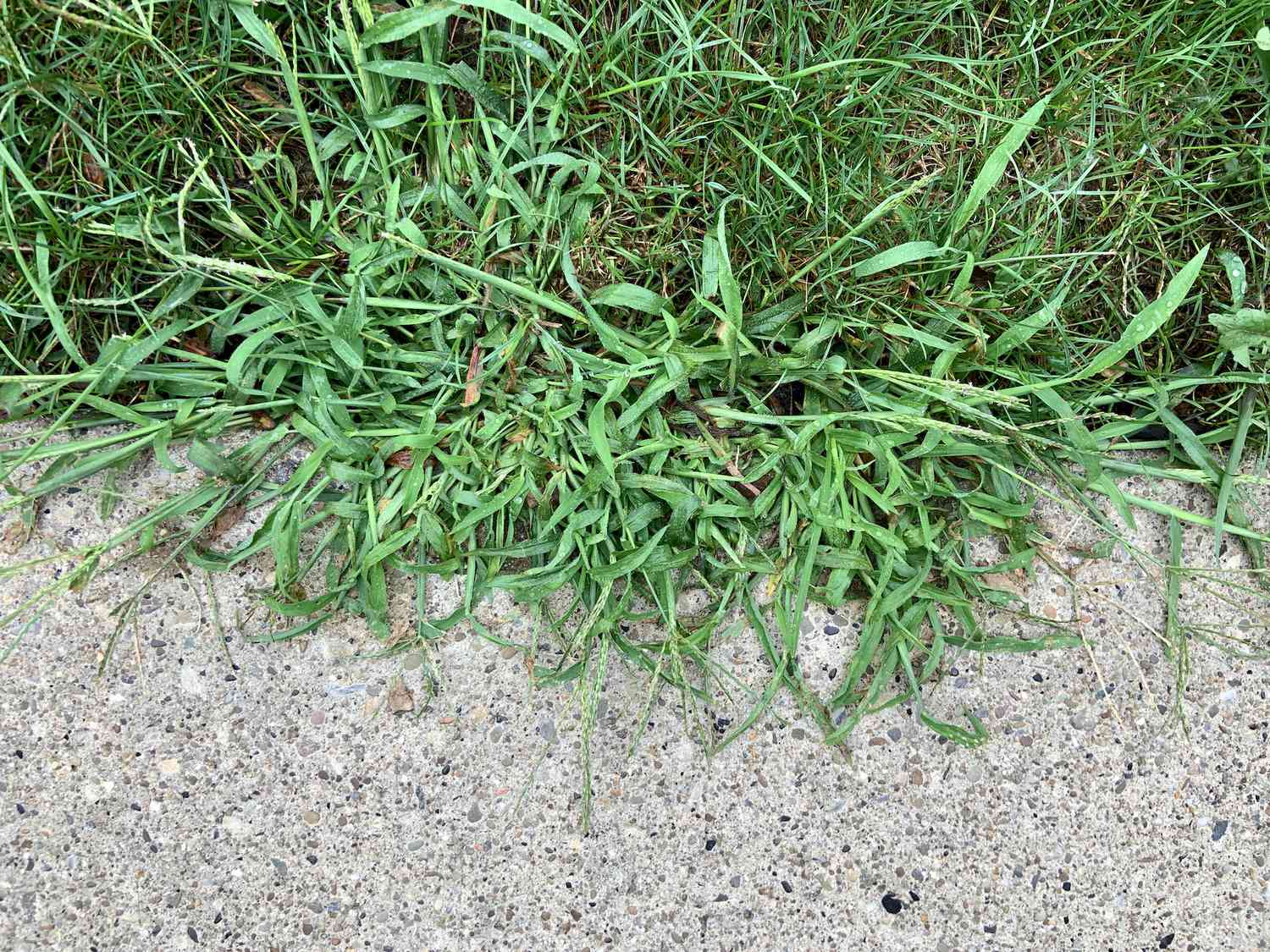
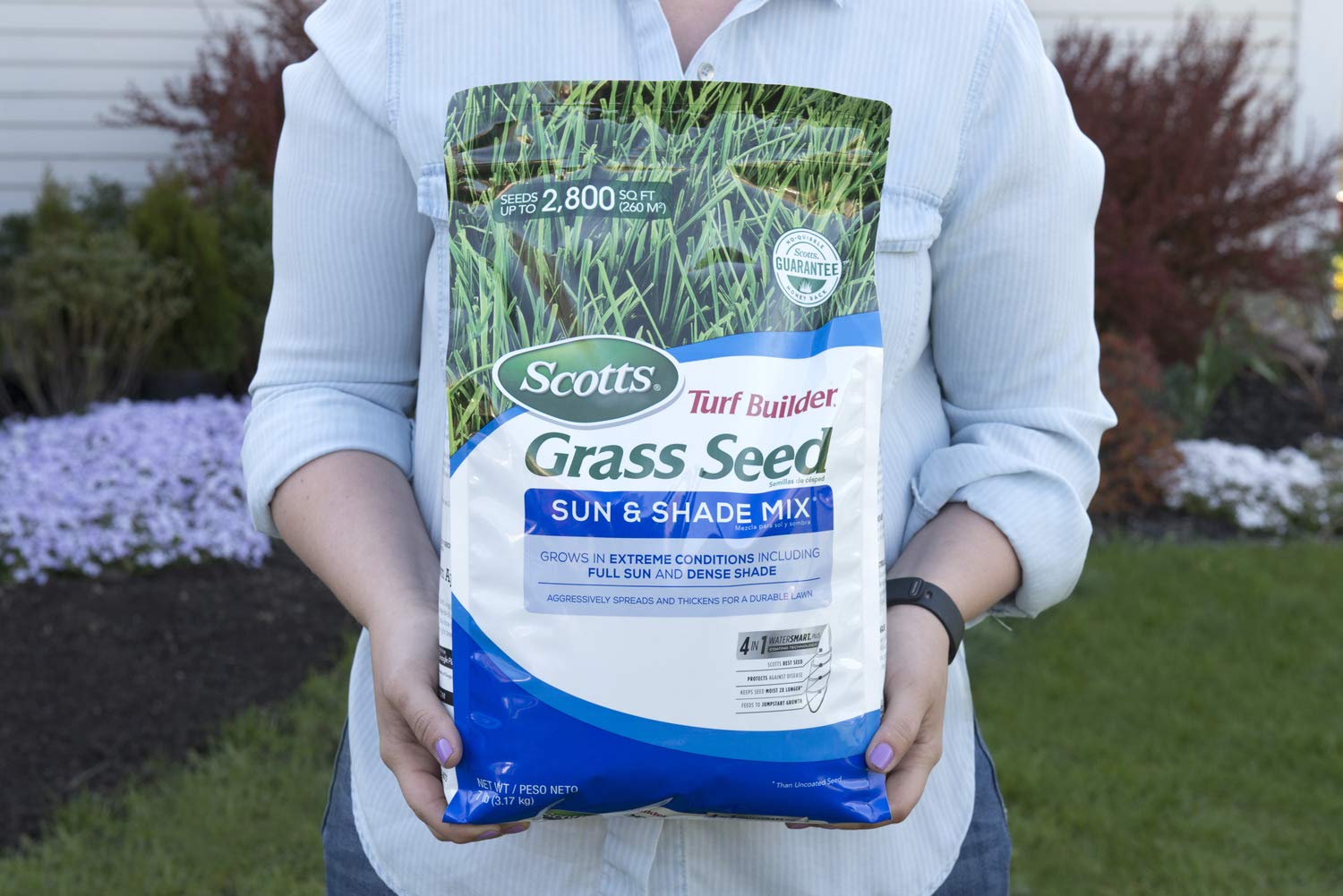
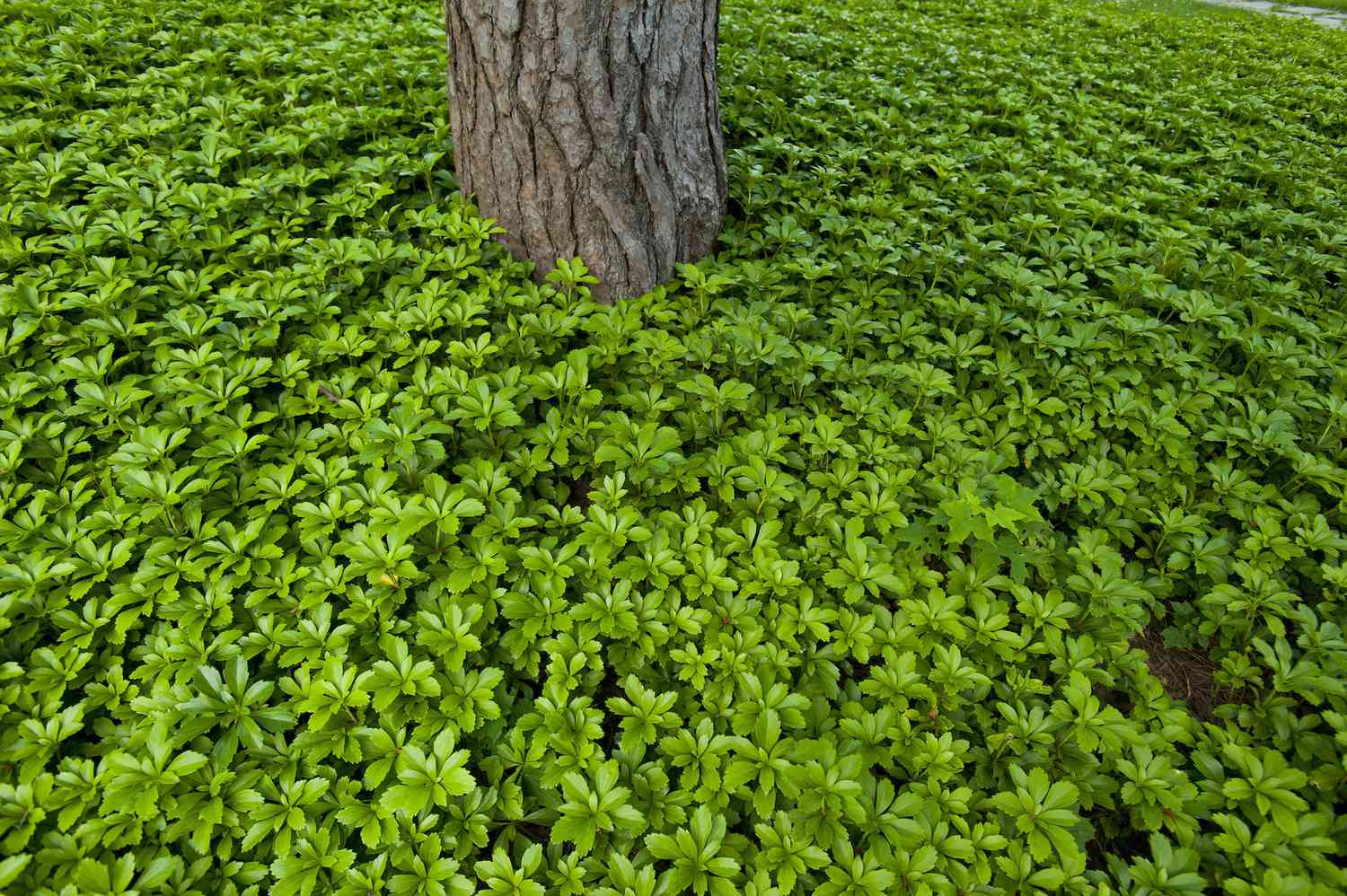

0 thoughts on “What Grass Will Grow In Full Shade”